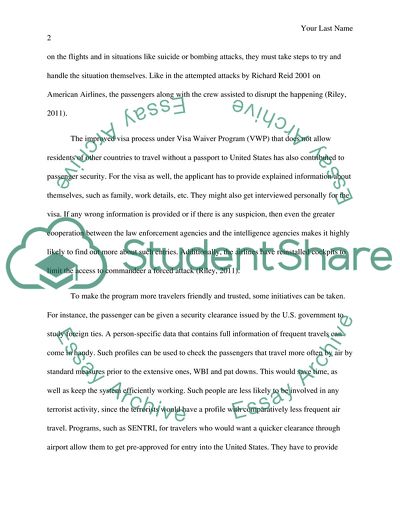Cite this document
(“American Airport Security Vs Japan Airport Security Essay”, n.d.)
Retrieved from https://studentshare.org/other/1586864-american-airport-security-vs-japan-airport-security
Retrieved from https://studentshare.org/other/1586864-american-airport-security-vs-japan-airport-security
(American Airport Security Vs Japan Airport Security Essay)
https://studentshare.org/other/1586864-american-airport-security-vs-japan-airport-security.
https://studentshare.org/other/1586864-american-airport-security-vs-japan-airport-security.
“American Airport Security Vs Japan Airport Security Essay”, n.d. https://studentshare.org/other/1586864-american-airport-security-vs-japan-airport-security.


